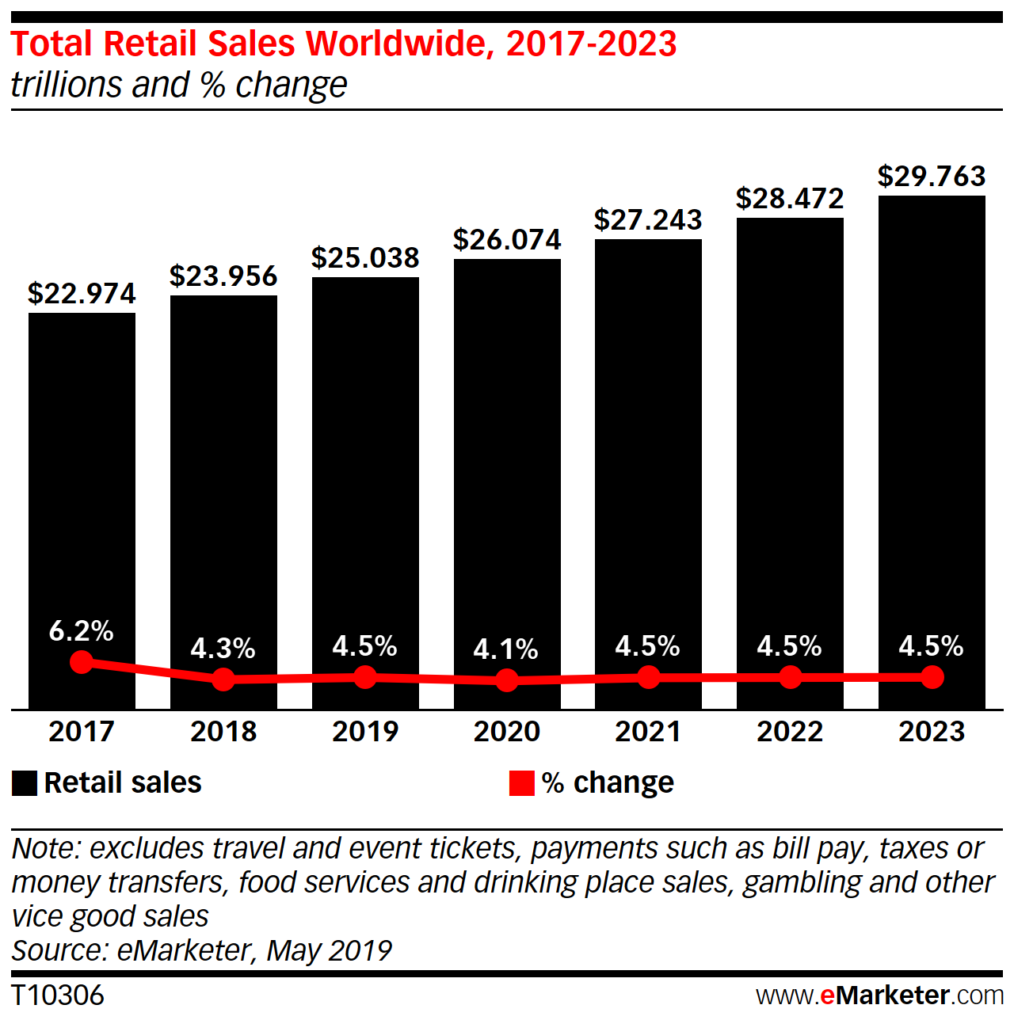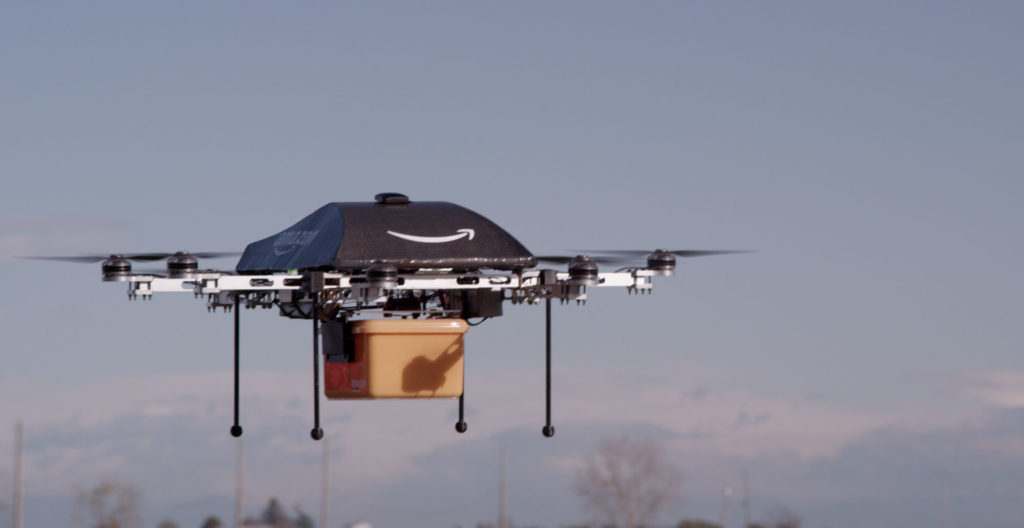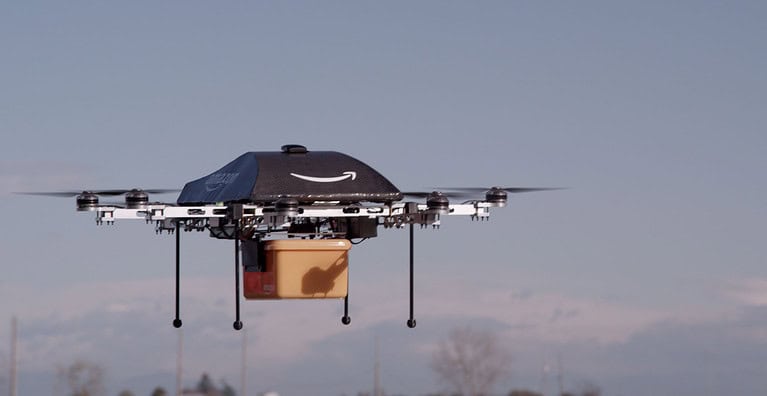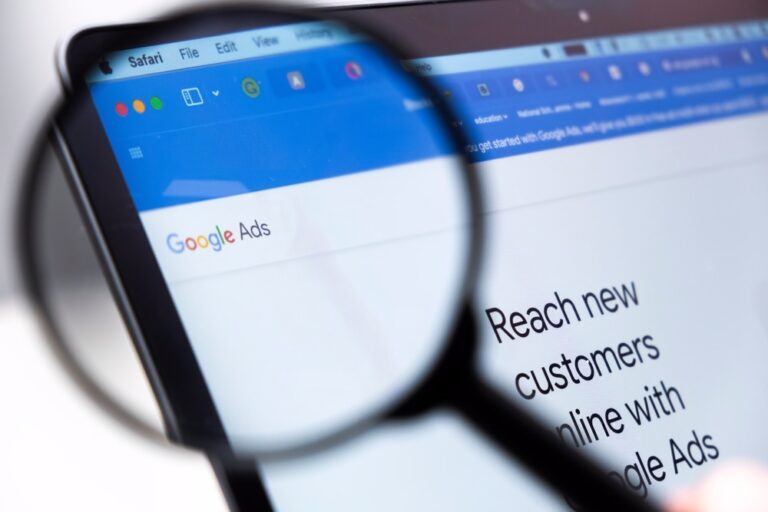Ecommerce continues to grow in the UK, and online retailers need to keep up the pace with the competition in order to sell online.
But staying ahead of the game is not simple. The way in which the public shop is changing, and the technology which enables ecommerce is developing in ways we may not expect.
Global ecommerce sales will increase to 16% of all sales in 2020 – which is an increase of 19%.

In the UK, ecommerce retail sales make up 18% but it is seeing growth. UK online retail sales in October 2019 showed a YOY growth of 6.3%. So what ecommerce trends can we expect in 2020 in the UK?
Subscription-based ecommerce
More businesses are now offering subscription-based services or product offerings.
If your products are needed every month or so, then you could look to utilise this model for your own business.

Automated direct debit is now simpler to set up than ever, and getting a product in the post or otherwise can be very handy and/or exciting. Depending on the product in question, of course.
It’s very easy for the customer, and they will appreciate the convenience. Plus this makes an easy sale for you.
Whether it’s food, toiletries, razors, pet food, magazines or bin bags – people may be up for receiving these on a regular basis without having to remember to buy them themselves.
Social ecommerce
Many of the social media platforms are now offering their own forms of ecommerce integrations or platforms.
Instagram has a button to “shop now” and Facebook has a “buy” button. Twitter is set to have product pages.

With targeted advertising and quick paths to purchase, using social media as part of your ongoing digital marketing can play a pivotal part of your online ecommerce.
Instagram ads, Facebook ads and otherwise will become more important for ecommerce brands. Google Shopping ads will remain just as important as ever.
Quick delivery
People can be impatient. Amazon Prime has made people more impatient when it comes to deliveries.
And now that Amazon offers same-day deliveries, this is going to become seen as more of a norm than in the past.
Next day delivery should at least be an option without forking out a huge deal.
Free, fast delivery can be a differentiator between you and the competition. It gives shoppers a big reason to shop with you, and return to shop again. In the same way, if at all possible, same-day delivery can be a huge differentiator against your competitors.
On top of that, how we get deliveries in changing. Click and collect is increasingly popular – so if you do not offer this option currently, it may be worth considering.

Re-commerce
The business for used products is booming. Thredup found that the secondhand apparel market is set to double from 2018 to 2023.
So why are people looking to buy “pre-loved” items?
- Sustainability
- Vintage fashion
- Upscaling
- Bargains
While eBay has offered second-hand goods for years, it’s not been considered a place where you’ll find high-quality items.
However, platforms such as Depop have proven that second-hand items can be desirable – and sometimes better than buying new. You can get high-brand, high-quality items at a fraction of the cost from some randomer selling on Depop. Facebook Marketplace has also skyrocketed in popularity, and people will buy and sell things simply and easily.
This may be a generational thing – but it’s the state of things to come. Buying used is good for the environment, and good for the individual.
Of course, this depends on the industry and product in question. But if there is a used market for what you sell, it may be worth looking into what you can do to combat or profit on this trend.
Drone and robot delivery

Amazon has begun testing and using drones for delivery, and more brands are likely to adopt this in 2020. Dominoes has
Now I know we are heading into 2020, but while visiting Milton Keynes, I had not seen anything as futuristic (outside of a science fiction movie) as a robot scuttling along a pathway next to the road making its way to deliver someone a parcel.
Chatbots and AI ordering
Brands can now have a conversation with a customer without getting involved. Get your AI robot to do it for you.
Chatbots and AI allow customers to make an order without using a website as such. They can simply talk to a robot and get it sorted for them.
Domino’s has been using this to its advantage. Domino’s fan favourite “Dom can do the following:
The how
https://corporate.dominos.co.uk/news/%E2%80%98hello-dom%E2%80%99%E2%80%A6-it%E2%80%99s-me-from-the-other-side
To order a pizza through ‘Dom’ couldn’t be quicker: Domino’s aficionados just need to follow these four simple steps:
1) Set up an Easy Order account at Dominos.co.uk – list a delivery address or if you’d prefer, in-store collection
2) Pair it with a Facebook account
3) Head over to Messenger
4) Message ‘PIZZA’ to Dom to place the order
The tech
Domino’s has taken advantage of state-of-the-art technology unveiled at the F8, Facebook’s annual developer conference, earlier this year. This move means that the artificially intelligent ‘Dom’ can come to the rescue for customers signed up to ‘Easy Order’ when hunger hits – and fast!
The birth of ‘Dom’ on Messenger is just the latest in a long list of pioneering innovations from Domino’s, with recent highlights such as:
· Easy Order – lets users order a tasty slice via Apple Watch or online (#1 order Pepperoni Passion)
· Legends – customers can design their bespoke pizza by selecting from a range of quality ingredients, before publishing them online in the Legends Hall of Fame (450,000 creations to date)
This has been going on a while – but it’s never been easier for other brands to get stuck in with a chatbot.
By implementing a chatbot on your site you can answer FAQs, take orders, or do anything you think is beneficial for your audience.
Voice search and smart assistants
SEO and PPC ads are integral to any successful ecommerce business. So how will ecommerce brands adapt when voice search and smart assistants become the norm?
Voice-activated devices are already popular, but still most people will be searching via text.
Think about how the assistants deal with queries. Are they searching on Google? Directly on Amazon? Answering queries directly using search results?
This all influences where and how you market your products and content.
Long-form content may be used to answer customer questions they say out loud. How will you optimise your content for this?
And how can you ensure your products are popping up when someone speaks to an AI? What if there isn’t a screen involved?
All things to consider. It’s a new frontline for ecommerce retailers.
Direct to consumer
More businesses are looking to skip the middleman and go straight to the consumer.
This cuts some charges, allowing businesses to offer products at more competitive price points.
By marketing your products in digital means such as using PPC ads, you can find an audience for your product and sell directly to them.
Try and buy later
More retailers are offering a “try and buy” scheme in order to generate more sales.
In essence, this allows potential customers to try out products for themselves, and then decide later if they wish to pay.
Many businesses make the most of this, especially in the fashion industry. Retailers such as ASOS allow you to pay by Klarna, where you can be shipped multiple products, send back what you don’t like, and then pay for what you kept.
Klarna has the following statistics:
- Total end-customers: 80 000 000
- Total number of merchants: 190 000
- Number of transactions per day: 1 000 000
- Number of employees: 2 500
- E-commerce Market Share Northern Europe: 10 %
With the rise of sites using Klarna as well, retailers using such schemes could find new customers. People will search for shops that offer Klarna or similar offerings, so they can try before they are committed to a purchase.
This means people are less likely to ponder whether they need a product – instead, they can try it out for themselves. It’s another barrier broken down.
Influencer marketing
Social media has been a juggernaut for some time now, but influencers on platforms such as Instagram have become colossal for brands.
By having influencers on Instagram, YouTube or otherwise endorse or use your products publicly, you can find new audiences that will be interested in what you have to offer.

Influencers have already built up an audience in particular niches, and if you can find the right influencer, this gets your brand under the nose of people who are specifically interested in it.
Referrals are still a big way in which businesses make money – both on and offline. These referrals may not be from a friend, but influencers are often respected and/or admired for whatever it is they got them to where they are. These recommendations are therefore, backed by expertise in their field.
There are platforms you can use to find influencers, but think about asking existing customers about who they follow online, and who they would look to, to find out about new products.
If you’re looking to take your ecommerce store to the next level, we offer custom ecommerce solutions and development. Get in touch today.












